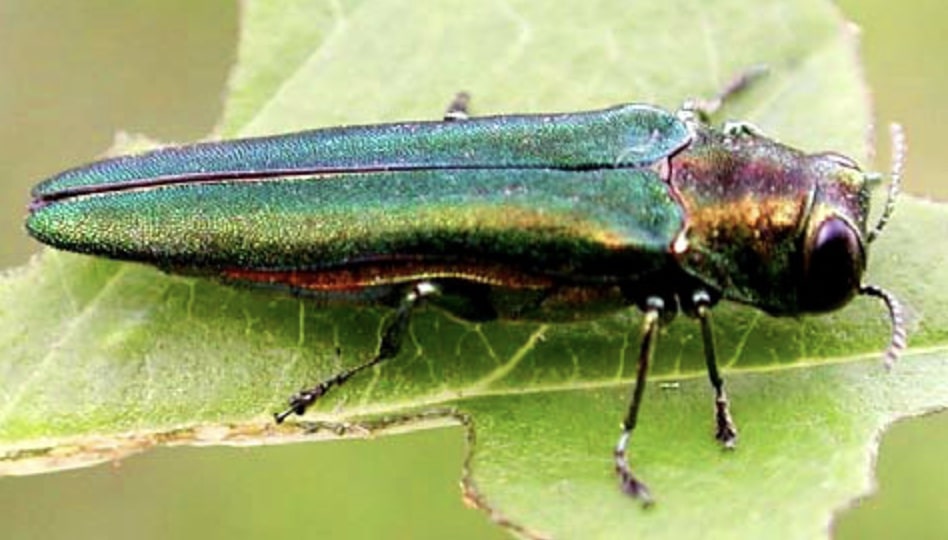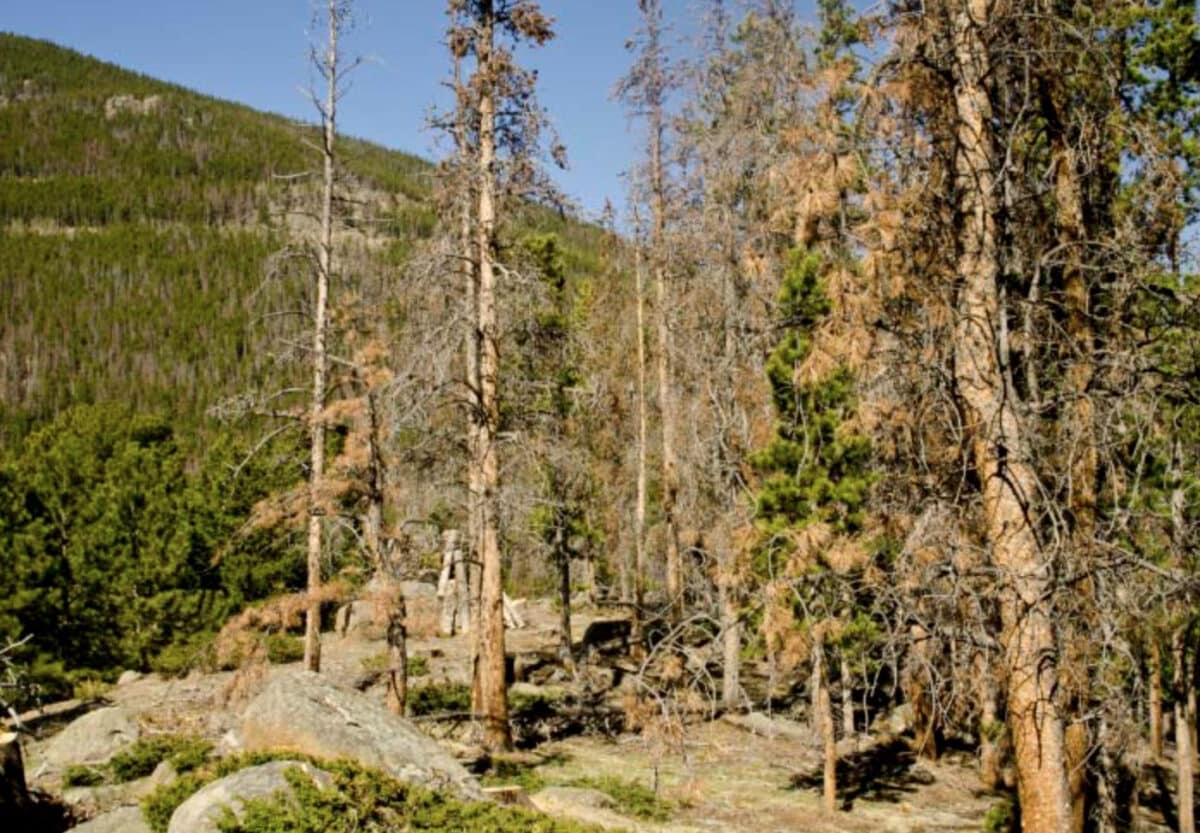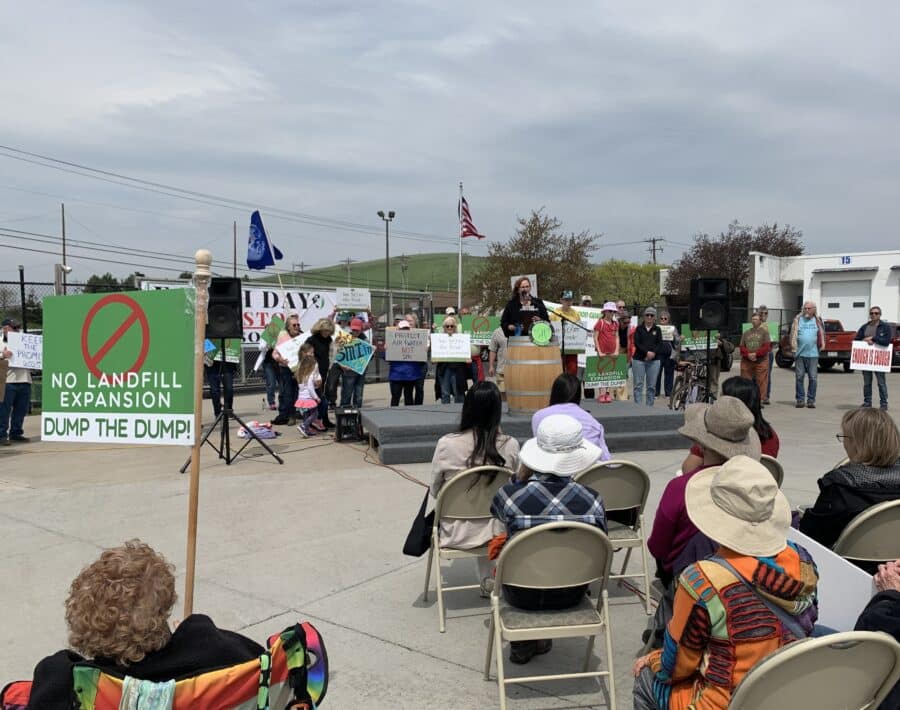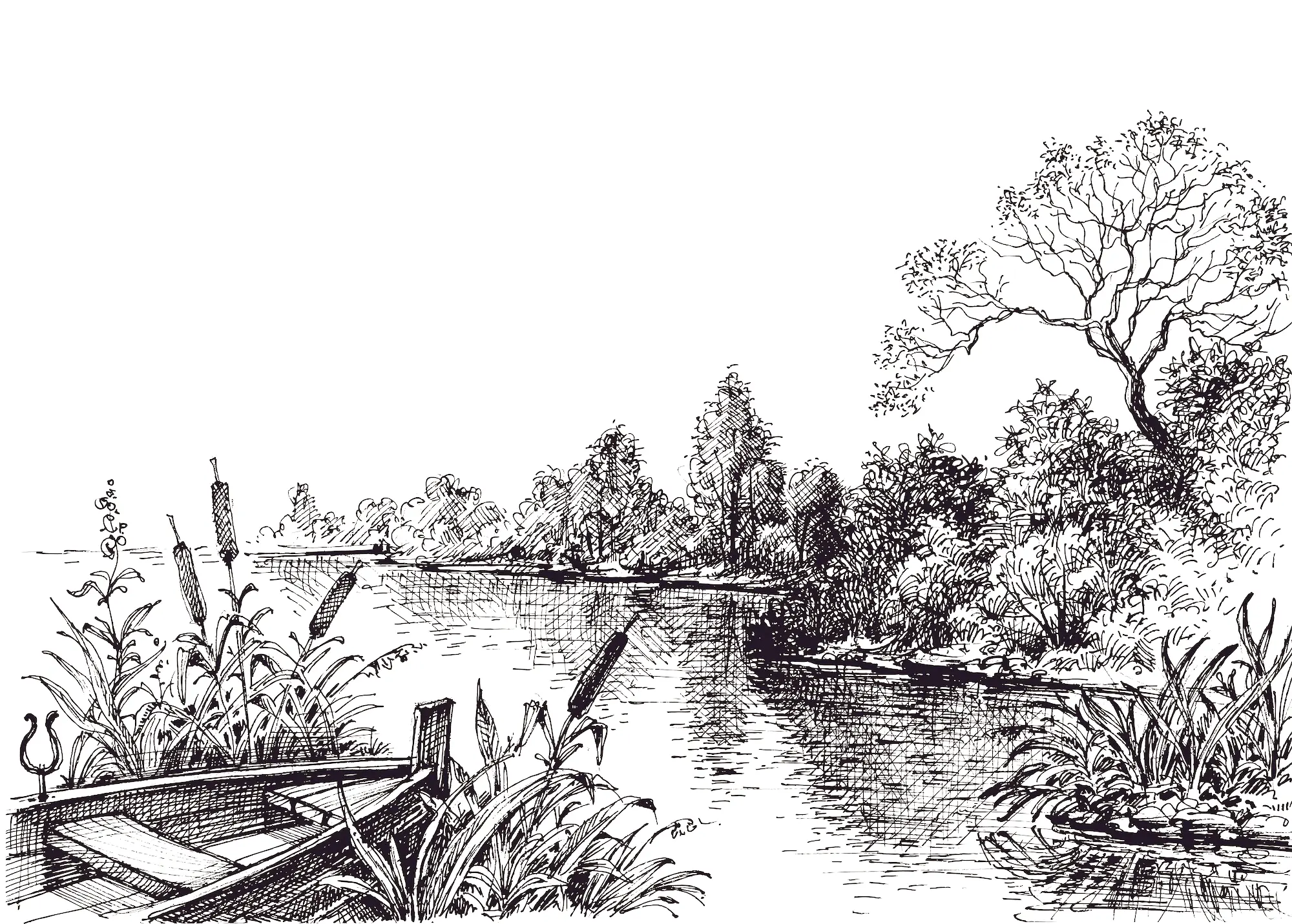If you are a gardener or farmer, you will know that the survival of many plants depends on how cold it gets during the winter. To help farmers and gardeners, the U.S. Department of Agriculture (USDA) puts out a map of “plant hardiness zones,” sorting the country into regions defined by their minimum winter temperatures.
Here Is What the New Hardiness Zone Map Means for Your Garden
Changes in the new USDA map provides evidence of a warming planet


The map is focused on just one measure: the average annual extreme minimum temperature, says Chris Daly, a geospatial climatologist at Oregon State University whose PRISM Climate Group creates the map. “It doesn’t tell you anything about when to plant in the spring, how long your growing season is, or how hot your summers are, it’s just about extreme winter cold.”
The newest hardiness zone map, is based on weather data from 1991 to 2020. Like earlier versions, the map is divided into 13 zones across the United States. “One version or another has been around for, probably, 90 years or so,” Daly says. “It’s really targeted towards perennial plants that you might grow, so ones that have to survive the winter.”
But unlike other maps, this one does not stay the same. The map was most recently updated in 2023, and in comparison to the 2012 version, winter lows have gotten warmer and zones have progressed slowly northward.

As zones change, some gardeners who live in cooler climates will be able to plant flora that previously wouldn’t be able to survive in their region. Julie Weisenhorn is a horticulture professor at University of Minnesota Extension. Certain parts of Minnesota have warmer minimum winter temperatures, and therefore have moved from zone 4 to zone 5. “For example, the Japanese maple is a very popular Zone 5, Zone 6 plant, and a lot of people are excited about adding that to their landscapes at home,” she says.

However according to Weisenhorn, figuring out whether a particular plant is suitable for your home garden requires more than just looking at a map. Horticulturists at the University of Minnesota Arboretum consider many factors. “Even before the map was released, they’re always watching for new pests. They’re watching for how plants relate to the changing climate,” she says. “They also are interested in what plants do well. There’s a lot of evaluation that happens on a day-to-day basis.”
“On average, there’s been a quarter of a zone warming between the last map and this map,” Daly says. “The big elephant in the room is whether climate change is causing any of this, and I think it probably is. We’re just not quite sure exactly how much.”
“One of the things that is most characteristic about ongoing climate change is that it is more manifest during the winter than during the summer,” says William Schlesinger, a retired environmental chemist at Duke University. “In other words, the winter temperatures are getting warmer in future climates at a rate that exceeds summer temperatures getting warmer.”
Plants aren’t the only living things that are affected by minimum winter temperatures. Anthony Hanson, a farmer and entomologist, uses hardiness zones to predict pests.

“Just like weather forecasting, except we can do that with pests,” says Hanson, an extension professor at the University of Minnesota Morris. One of the many metrics Hanson uses is minimum winter temperature. “My example I use a lot is soybean aphid,” Hanson says. It’s a tiny critter that feeds on soybeans and can transmit viruses to the plants. “The [aphid’s] eggs that are living on buckthorn, they’re just exposed to air temperature, so there’s nothing like snow cover or soil temperature to worry about most of the time. I can just figure out that they freeze at 29 Fahrenheit on average, plus or minus two degrees, and put out forecast maps based on that.”
Hanson isn’t the only one who uses the map to monitor pests. “One of the [uses] that I’m picking up on is the spread of invasive pests, where they get killed off during the wintertime, and the plant hardiness map is a good measure of how far they can spread north,” Daly says.
Climate change is affecting the spread of invasive insects that kill trees. “Emerald ash borer is already moving further north than we first thought it might,” says Lee Frelich, a forest ecologist at the University of Minnesota. And the larch borer, is “becoming much more of a pest in Minnesota because its population is not knocked back by extreme cold as often as it used to be.”
Richard Primack is a biologist at Boston University. He and his colleagues have compared modern-day data about plants near Walden Pond in Concord, Massachusetts to observations made by Henry David Thoreau in the 19th century. Primack says climate change has affected this area “in a very striking way. The trees are leafing out about 14 days earlier now than the past. Wildflowers are flowering about eight days earlier than in the past. And the birds are not really changing at all,” he says. “It’s affecting different groups of species in different ways.”

The changing climate isn’t just hotter, it’s also more variable. “The plants are leafing out earlier now because it’s warming out,” he says. “But then we get these late frosts caused by more variable weather conditions. And so, plants start flowering and leafing out, and then their flower buds and their young leaves are killed by frost.”
“Knowing how harsh the winter is, it doesn’t sound like a big deal, but it really can hit the farmer in the pocketbook,” says Mark Brusberg, a meteorologist at the USDA. Take pests, for instance. “We’ve seen that in the west with the northern migration of the pine bark beetle,” he says. “As drought has stressed the trees, you’re seeing that the beetles are moving northward, and that is part and parcel of some of the negative impacts we see from warming out west.”

Pine bark beetles can kill pine trees, which in Minnesota are important to both the economy and the environment. According to the Minnesota Department of Natural Resources, 1,347 acres of forest in that state were affected by pine bark beetles in 2023.
Katie Black is a University of Minnesota extension educator, based in Farmington, Minnesota. In her work, she communicates the latest research findings to local farmers and gardeners. Certain changes in climate aren’t all bad, at least from a gardener’s perspective. “There are more opportunities for gardeners to expand to plants that perhaps would not have done as well otherwise,” she says. “But it also comes with some challenges, in that longer growing seasons also come with more opportunities for weeds and pests.”
“We might also see some reduced pollination and some increased water needs,” says Black. “A big thing that home gardeners can do would, one, be planting plants that support pollinators and creating water resources in their yard that pollinators can take advantage of, because they tend to have a harder time in warmer conditions. And then in terms of increasing water needs, for their own home gardens, they might look into things like rain barrel storage, or expanding to some simple drip irrigation systems, depending on the size of their plot.”
According to the University of Minnesota Extension, good plants for pollinators include certain varieties of sunflower, black-eyed Susan, roses, apple tree and more.
Many factors impact the viability of plants and pests, not just the hardiness zone. But these zones can be an important indicator for both plants and some animals, as well as one facet of our changing climate. The plant hardiness zone map, Black says, “helps tell the story of the changes that we are living through right now, in terms of climate.”
To see your hardiness zone, visit this mapping tool produced by National Public Radio.

Sean Ericson is a freelance writer based in Minnesota. His work focuses on public policy, the social sciences, and how they impact human stories. He is always open to tips at s.w.ericson98@gmail.com.
Have thoughts or reactions to this or any other piece that you’d like to share? Send us a note with the Letter to the Editor form.
Want to republish this story? Check out our guide.
More from Barn Raiser

Organizing Rural and Small Town America for Affordable Housing and Racial Justice







